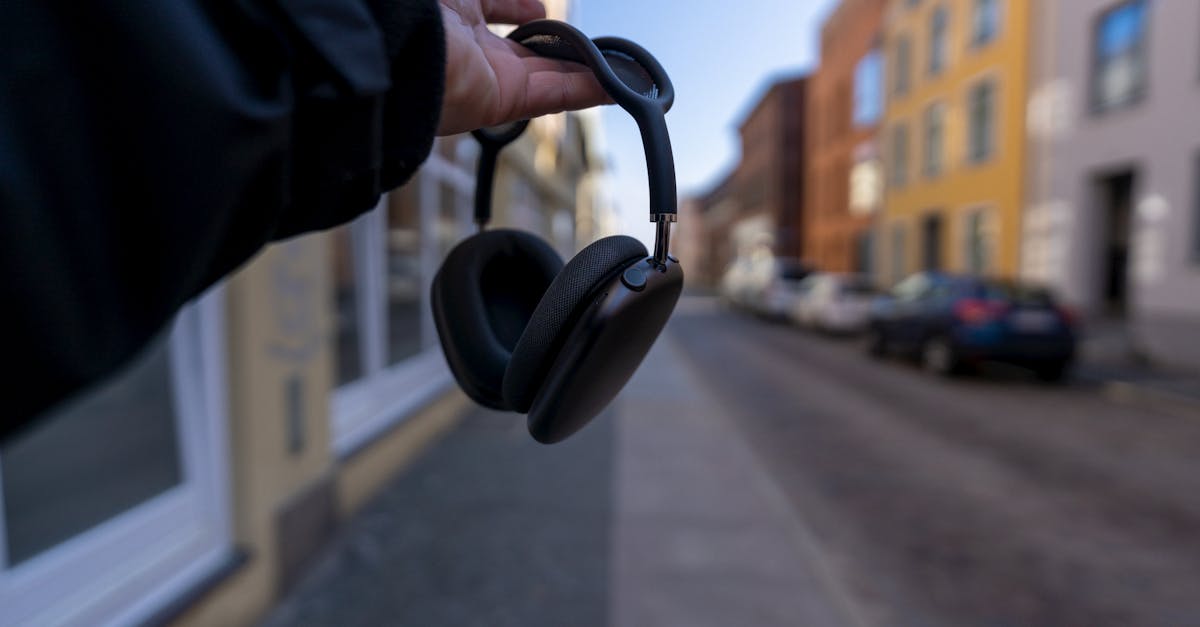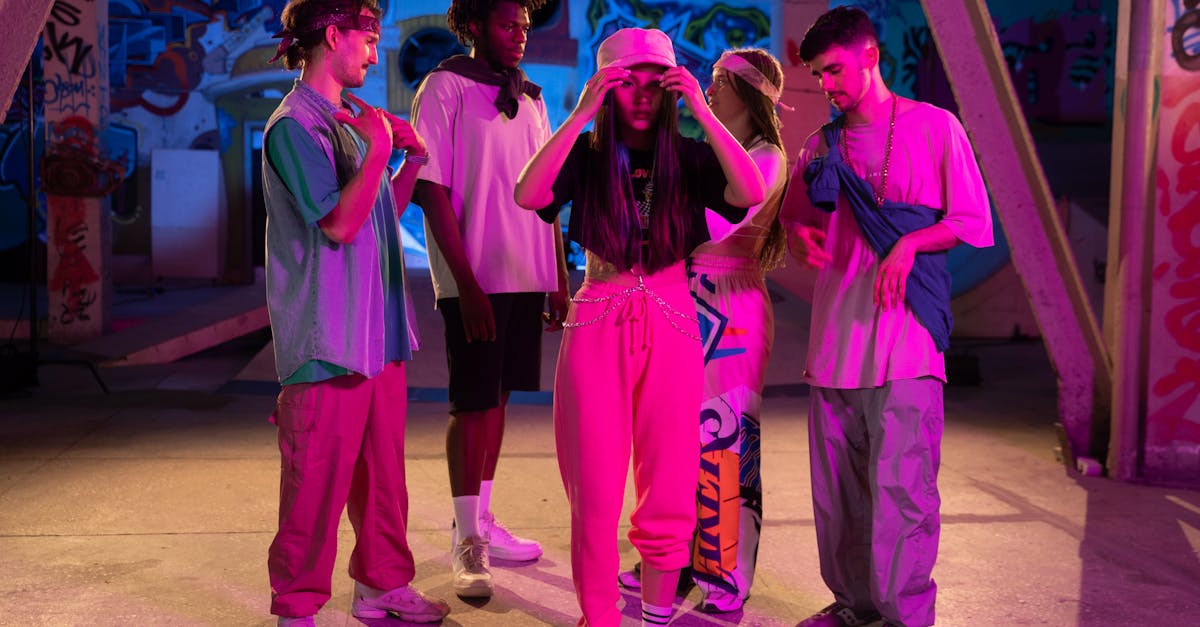Exploring Urban Chords City Symphonies
Introduction
The pulsating rhythms of city life have long inspired creative minds across the globe, giving birth to a unique genre: Urban Chords City Symphonies. These musical compositions capture the bustling hubbub of urban environments, intertwining the sounds of the city with traditional orchestral melodies to forge a distinctive soundscape. But what defines a city symphony? How have these symphonies resonated with audiences, offering a window into urban existence through music? From historic cities like New York and Paris to urban landscapes in Asia and Africa, the world of city symphonies is as diverse as the metropolises they represent. Join us on a sonic journey through historical contexts and contemporary landscapes as we delve deeper into the fascinating world of Urban Chords City Symphonies.
Advertisement
Origins of Urban Chords
Urban Chords City Symphonies trace their roots back to the early 20th century, when filmmakers first sought to merge musical compositions with the visual and auditory elements of urban life. Silent films like Walter Ruttmann's "Berlin: Symphony of a Great City" and Dziga Vertov's "Man with a Movie Camera" laid the foundations for how city symphonies capture the essence of urban landscapes. These films celebrated the daily rhythms of cities using orchestral scores, dynamic editing, and visual storytelling. Pioneering this genre, filmmakers used music as a form of interpretation—forging the path to merge city and symphony.
Advertisement
The Ingredients of a City Symphony
A city symphony is a composition that echoes the rhythm, energy, and atmosphere of a metropolis. These pieces blend recorded city sounds such as traffic, construction, and street chatter with orchestral music to create an immersive experience. By combining various musical movements—allegro to andante—and city sounds, composers capture the essence of life in an urban setting. The result is often a vivid tapestry that tells stories, evokes emotions, and brings the cityscape alive. To truly appreciate a city symphony, one must see it not only as a composition but as an intricate narrative of urban life.
Advertisement
Famous City Symphonies
Throughout the years, certain city symphonies have stood out for their creativity and impact. Aaron Copland's "Quiet City" and Leonard Bernstein's "On the Town" echoed the vibrancy of New York City, using rhythmic complexities to reflect its dynamic spirit. Meanwhile, the lesser-known Dmitri Shostakovich's "Symphony No. 2" captures the industrial pulse of early Soviet Union cities. More recently, composers like Steve Reich with his "City Life" have utilized modern technology to incorporate real-world sounds into their compositions, pushing the boundaries of the genre.
Advertisement
Modern Interpretations
Contemporary composers have embraced new technologies, enhancing city symphonies with digital soundscapes and interactive elements. Through software and electronic instruments, today's artists manipulate urban sounds to create avant-garde musical experiences. Audiences might encounter music where each note represents a different city sound—elevating symphonies from passive listening to active engagement. Additionally, multimedia installations that showcase the symphony's visual counterpart further enrich the experience, allowing audiences to navigate the urban soundscape interactively.
Advertisement
Global Perspectives
City symphonies are a universal expression, highlighting unique cultural nuances across continents. Asian cities like Tokyo and Beijing boast compositions that blend traditional instruments with urban acoustics. African metropolises like Lagos and Johannesburg feature rich percussive rhythms that evoke the essence of their vibrant streets. European and Latin American cities add layers of historical depth by incorporating traditional musical forms into their symphonies. This diverse canvas ensures each city symphony reflects a nuanced tableau, honoring the cultural tapestry from which it emerges.
Advertisement
Challenges and Opportunities
Creating city symphonies presents unique challenges as cities constantly evolve, bringing new acoustic elements into the mix. Composers must navigate intricate logistics, from recording authentic city sounds to securing permissions for their public performances. City symphonies also invite questions about authenticity and representation—how accurately does a piece portray the lived experience of urban residents? However, these challenges also present opportunities for innovation and cross-cultural collaboration, as artists seek new ways to capture and celebrate the vitality of urban life.
Advertisement
From Stage to Street
Traditionally performed in concert halls, city symphonies increasingly move beyond conventional settings, becoming part of the urban environment they portray. Flash mob symphonies or public sound installations transform the streets into concert venues, allowing passersby to engage with the symphony. These performances invite spontaneous interactions between the music and its setting, blurring the lines between art and life. Such events encourage communities to rediscover the beauty in their everyday surroundings, enriching their connection to the city.
Advertisement
The Future of City Symphonies
As technology evolves, city symphonies will undoubtedly continue to innovate. Artificial intelligence may offer new ways to analyze and interpret city sounds, paving the way for fresh compositions. Virtual reality could transport audiences directly into soundscapes, offering immersive experiences that connect listeners to urban environments on a deeper level. The potential is limitless, as each innovation presents a new avenue for exploring and celebrating the harmonies of city life.
Advertisement
Conclusion
Urban Chords City Symphonies reveal the magnificent complexity and vibrant spirit of metropolitan life through sound. By capturing the everyday nuances of cityscapes, they provide audiences with an intimate glimpse into the bustling world around them. Through historical evolution to cutting-edge experimentation, city symphonies remain a testament to the enduring bond between music and urban existence. As urban centers continue to inspire, musicians are poised to create symphonic explorations that tell ever-richer stories of the cities they inhabit. For those willing to listen, the city remains an open symphony—a soundtrack waiting to be discovered anew.
Advertisement


